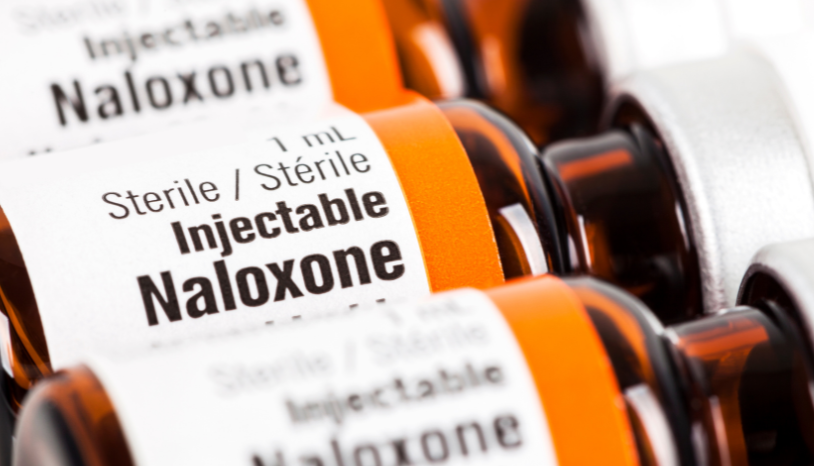Naloxone vs Naltrexone: Understanding the Key Differences in Addiction Treatment
When it comes to treating substance use disorders, two medications often come up in conversation: naloxone and naltrexone. While their names sound similar, these medications serve very different purposes in addiction treatment. Knowing the difference between naloxone and naltrexone is crucial for anyone seeking recovery or supporting a loved one through the process. At The Retreat South Coast, we are committed to helping individuals understand their treatment options and find the path to lasting recovery.
What is Naloxone?
Naloxone is a life-saving medication designed to rapidly reverse opioid overdoses. It works by binding to opioid receptors in the brain, displacing opioids like heroin or fentanyl, and blocking their effects. Naloxone can quickly restore normal breathing in a person whose breathing has slowed or stopped due to an overdose.
- Usage: Emergency situations (opioid overdoses)
- Form: Nasal spray (Narcan®) or injection
- Onset: Rapid — usually within minutes
- Duration: Short — effects last 30 to 90 minutes
Naloxone is not a treatment for addiction itself; rather, it is a critical tool in preventing overdose deaths and buying time for emergency medical treatment. It is often carried by first responders, medical professionals, and even family members of individuals at risk for overdose.
What is Naltrexone?
Naltrexone, on the other hand, is a medication used to support long-term recovery from opioid and alcohol use disorders. Unlike naloxone, it is not used in emergency situations but rather as part of a broader treatment plan.
Naltrexone works by blocking the euphoric and sedative effects of opioids and alcohol, reducing the craving and reward sensations associated with these substances. It helps individuals maintain abstinence after detox.
- Usage: Long-term addiction treatment
- Form: Oral tablet (daily) or extended-release injection (Vivitrol®)
- Onset: Within 1–2 hours (oral) or steadily over a month (injection)
- Duration: Depends on form — daily for pills, monthly for injections
Importantly, individuals must be fully detoxed from opioids or alcohol before starting naltrexone, as starting it too soon can cause severe withdrawal symptoms.
Key Differences Between Naloxone and Naltrexone
| Feature | Naloxone | Naltrexone |
| Purpose | Reverses opioid overdose | Supports recovery from opioid and alcohol dependence |
| Usage | Emergency overdose reversal | Long-term relapse prevention |
| Administration | Nasal spray or injection | Daily pill or monthly injection |
| Onset | Immediate (minutes) | 1–2 hours (oral) or steady release (injection) |
| Duration | 30–90 minutes | 24 hours (oral) or 4 weeks (injection) |
How The Retreat South Coast Can Help
Choosing the right treatment plan can feel overwhelming, but you don’t have to do it alone. At The Retreat South Coast, we provide personalized addiction treatment programs that may include medications like naltrexone as part of a holistic recovery plan.
Our services include:
- Medically supervised detox
- Medication-assisted treatment (MAT)
- Individual and group therapy
- Relapse prevention education
- Wellness activities to support mind-body healing
Whether you or a loved one needs immediate support after an overdose or ongoing help in building a life free from substance use, The Retreat South Coast is here with compassionate care and expert guidance.Understanding the difference between naloxone and naltrexone is an important step in navigating addiction recovery options. Naloxone saves lives in critical overdose situations, while naltrexone helps people maintain long-term sobriety. If you are ready to start your recovery journey, reach out to The Retreat South Coast today — a brighter, healthier future is within your reach.








